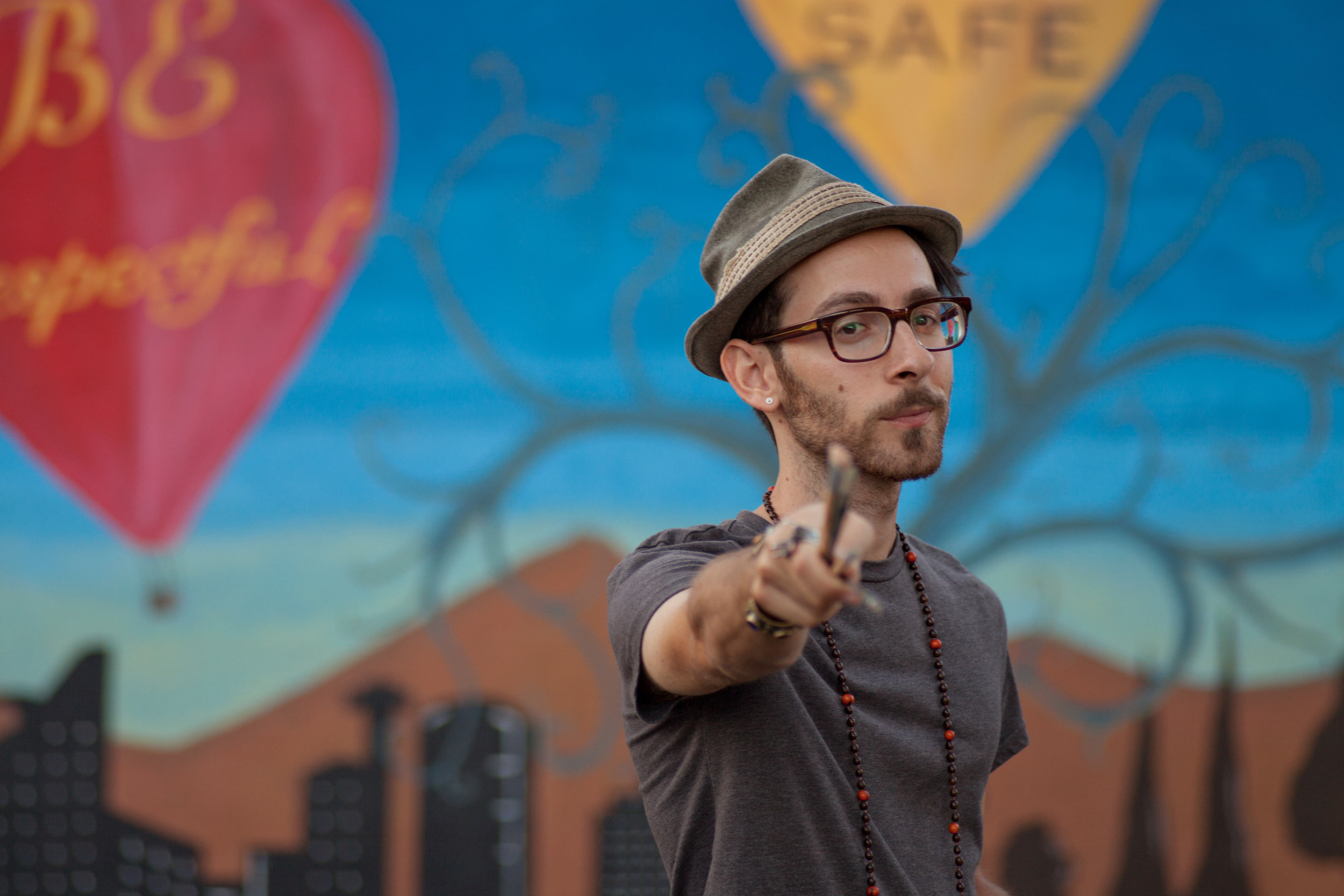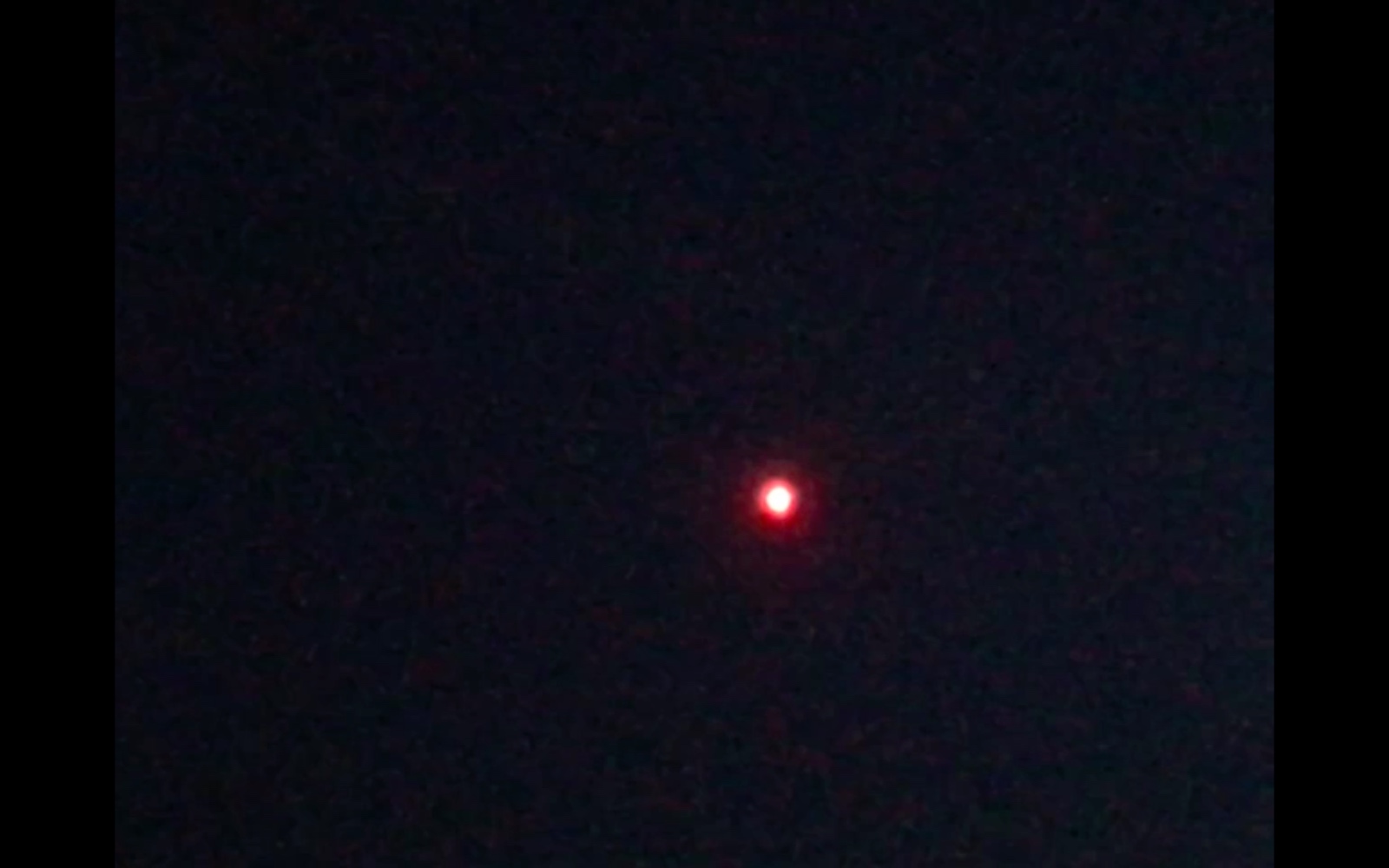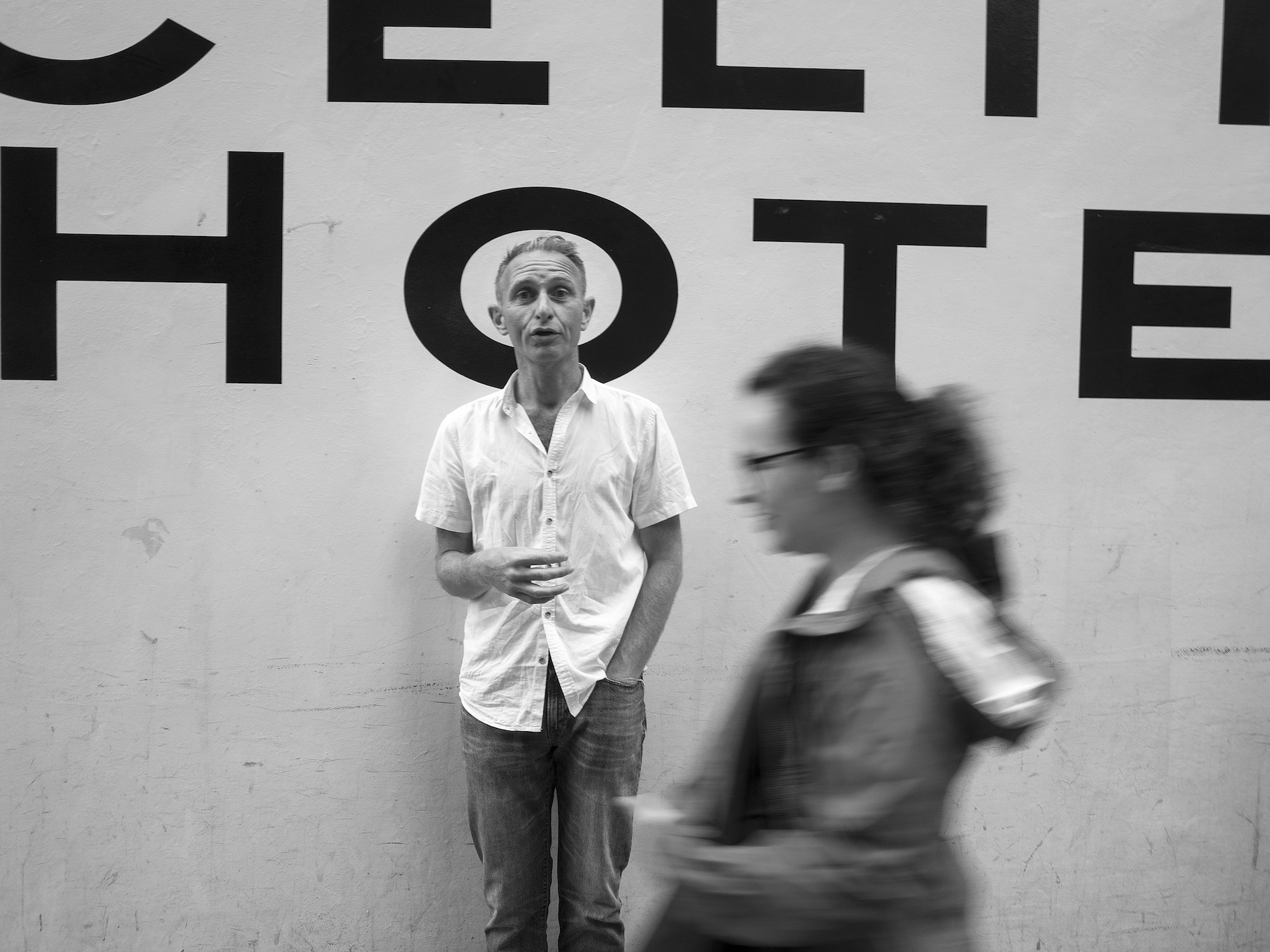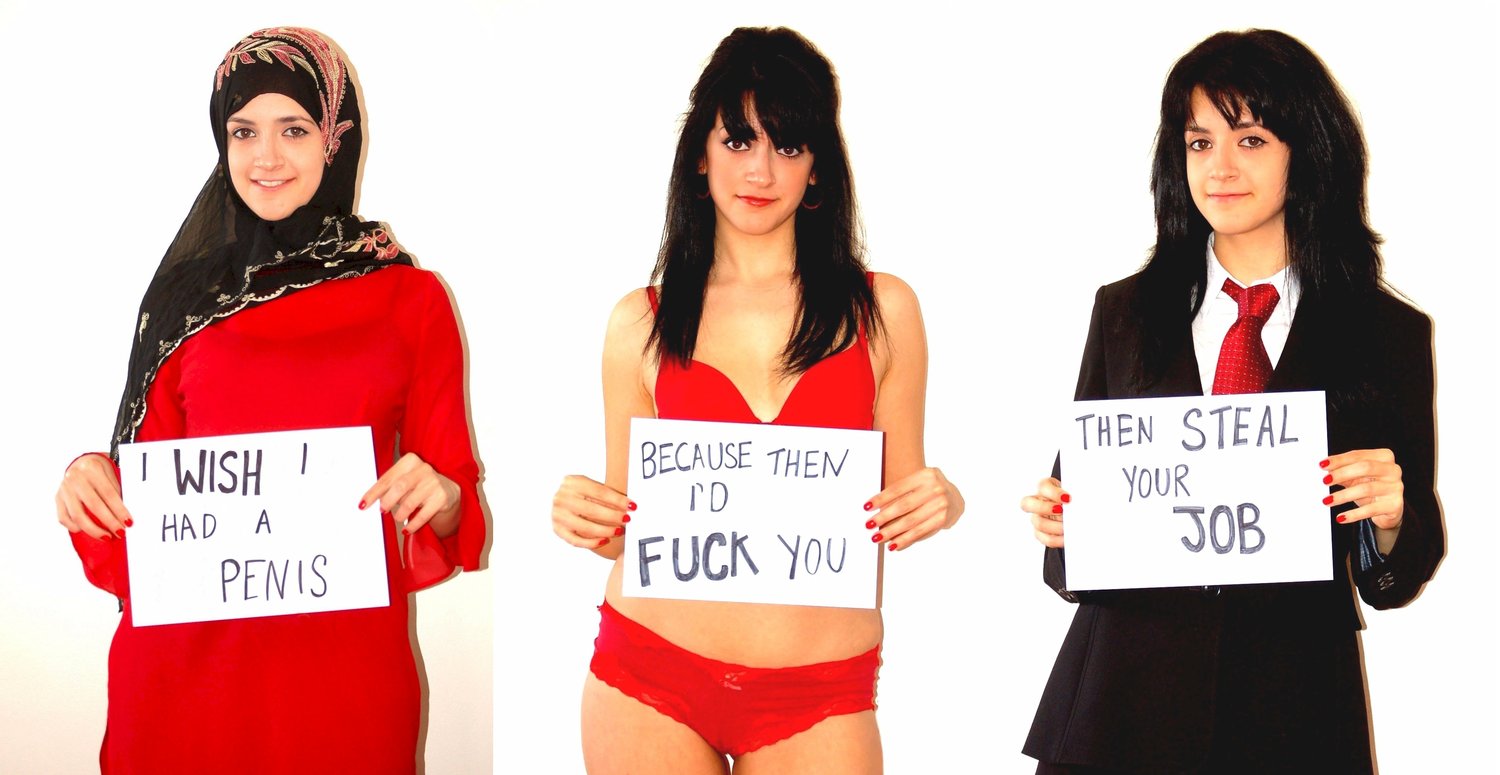Iran, The Deers, and the Cinema Fire that Started a Revolution
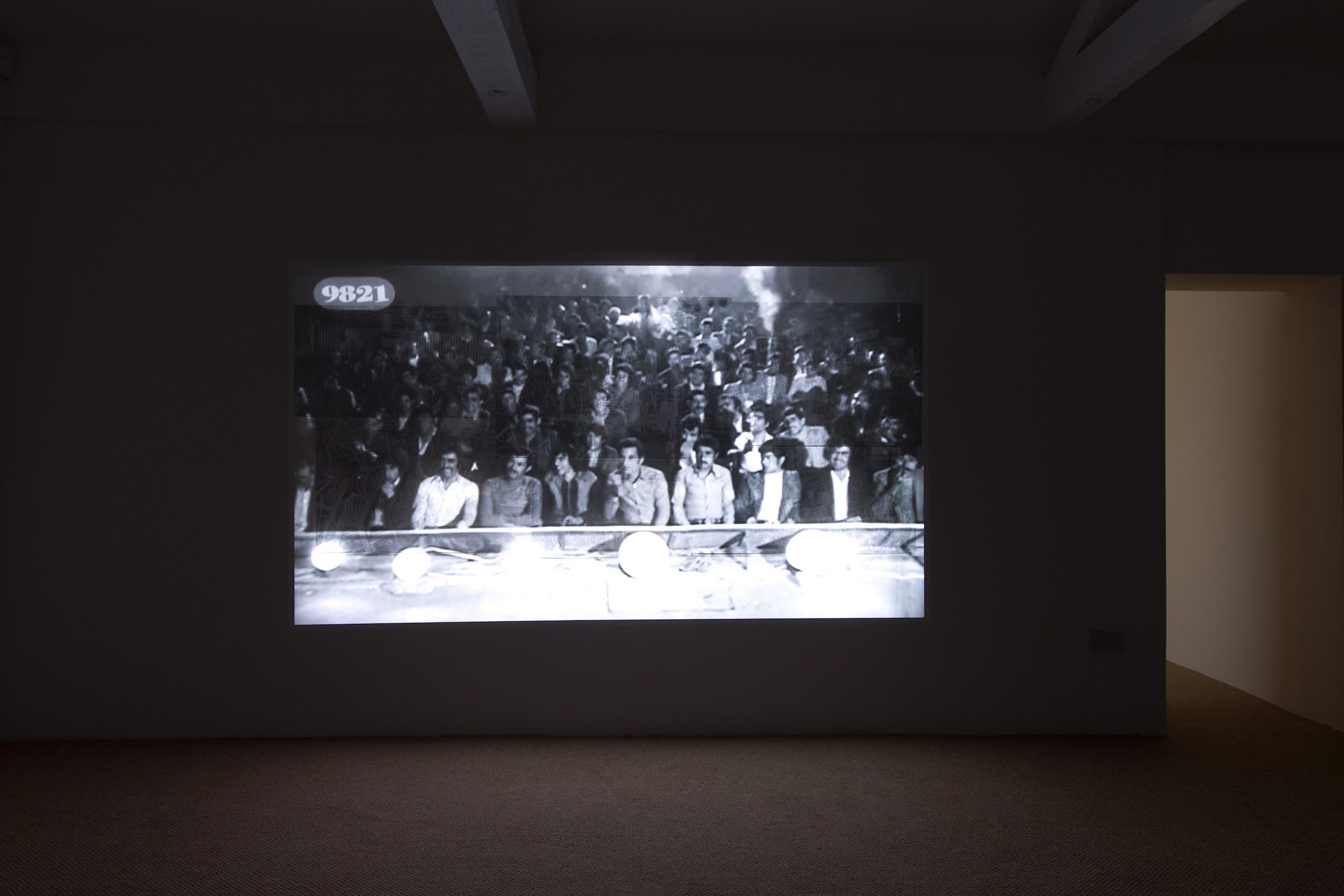
If you were lucky, you might have caught artist Mahmoud Bakhshi’s The Unity of Time and Place at London’s narrative projects last month – about the Cinema Rex fire that took place in the oil city of Abadan in Iran on 19 August 1978, the 25th anniversary of the CIA-backed coup that removed Iran’s only ever democratically elected Prime Minister from power.
In the evening of August 19, a group of men barred the theatre’s doors, doused them in gasoline and set the place alight. The fire killed over 400 people and is widely considered as an impetus for the Islamic Revolution. The arsonists were never caught and until this day many conspiracy theories exist around that event. GOOD TROUBLE spoke with Mahmoud Bakshshi about Gavaznha (The Deers), the insurrectionary film that was playing at the time, and his installation that addresses that pivotal moment.
GOOD TROUBLE: I understand the Cinema Rex fire was a horrific disaster and a key moment in the fomentation of the Islamic revolution. What were your motives in referencing this event?
The Unity of Time and Place is concerned with the idea a catastrophe repeats and resurrects… Many people seem to think socio-political art has a limited scope, that it has an expiry date because it’s just about a specific historical moment. But I think what happens in specific historical context re-appear and are re-experienced in other times and contexts. That is why socio-political art also keeps its relevance beyond its temporal limits.
“Even though the fire was one of the most important events of the revolution, what really interests me is the relation that a film as an artwork could make with the society”
Whoever started the Cinema Rex fire in Abadan was aware of the significance of the date as the anniversary of the 1953 coup, knowing the importance of Abadan – as an oil city – to the coup, and that The Deers was highly critical of Shah’s regime. Even though the fire was one of the most important events of the revolution, what really interests me is the relation that a film as an artwork could make with the society. I believe The Deers could be considered as the most important sociopolitical event in Iranian art so far. It was not only a film but an event. There were other dissenting voices in film and literature of the time, yet The Deers was a literary manifesto for the revolution, emphasizing the necessity of armed resistance. It’s highly unusual for an art piece to have that much effect on society. The fact a cinema gets burned down while showing this movie is also kind of insane.
The Deers is about poverty. People forget the Islamic Revolution was as much about poverty as it was about culture. Was the revolution inevitable?
It was not just cultural or a class-based revolution. These were intertwined. The Shah wasn’t really going to accept even the modest reforms. Likewise, the leftists didn’t want to negotiate. Iran was at a dead end, and something had to change. Then, the revolution happened and Islamic government took over.
I’m surprised you could study art in mid-90s Iran.
In the early years after the revolution, the only kind of art being supported was the sort of propagandist type, necessary during the war. The nation’s oil revenues were needed for the war and there was a shortage of everything. At the same time, the government was fighting with the leftists and many of the artists were confined and banned from teaching at the universities. But by the end of the 90s, the system began to open up. Art was being taught at private universities and institutions, there were contemporary art shows, and little by little different forms of art began to be accepted.
“I worked with many artists who were making art for themselves, for its own sake. For me, art is all about the social urgency.”
When I think back on why I work in the way I do, I think it comes from growing up in an ambience where art always had a purpose. It was presumed to say something about the society. It never occurred to me that art could only be something for yourself. When I left for Rijks in the Netherlands, I worked with many artists who were making art for themselves, for its own sake. For me, art is all about the social urgency.
What does Iran give to your work?
A friend of mine says the aura of my work disappears when one comes to Tehran. I think that’s because I didn’t spend any real time outside of Iran until I was 24 or 25. While I was growing up, Iran was drastically isolated, following a decade of war, which was consequent to a revolution and the leftists’ massacre. Everything I took in was about this society. People who see my work outside of Iran might think it’s all me, but I’m just copy and pasting contemporary Iran.
In the show, you’ve included a video interview with Masoud Kimiai, director of The Deers. Why was it important to reconstruct the cinema’s furniture?
I tried to recreate an ambience. There is one row of cinema chairs, and for me, maybe the most important element is the carpet. In the run-up to, and even after the revolution, many cinemas were burned down, probably about 40. I remember two or three major cinema fires when I was a kid. One technique for burning down a cinema was to put two chemicals on the carpet, which a bit later burst into fire when mixed with the carpet glue. Hearing this in childhood, I had a sensual trauma with cinema carpets.
Overall, I think there’s this love and hate relationship with cinema in Iran. Cinema is as much iconic for the Iranian culture as is the Persian carpet. The cinema setting in the work had a kind of monumental aspect.
Words by Daryoush Haj-Najafi
All images courtesy the artist and narrative projects, London.
Mahmoud Bakhshi – The Unity of Time and Place, 2017
Author account for the Good Trouble hive-mind.




